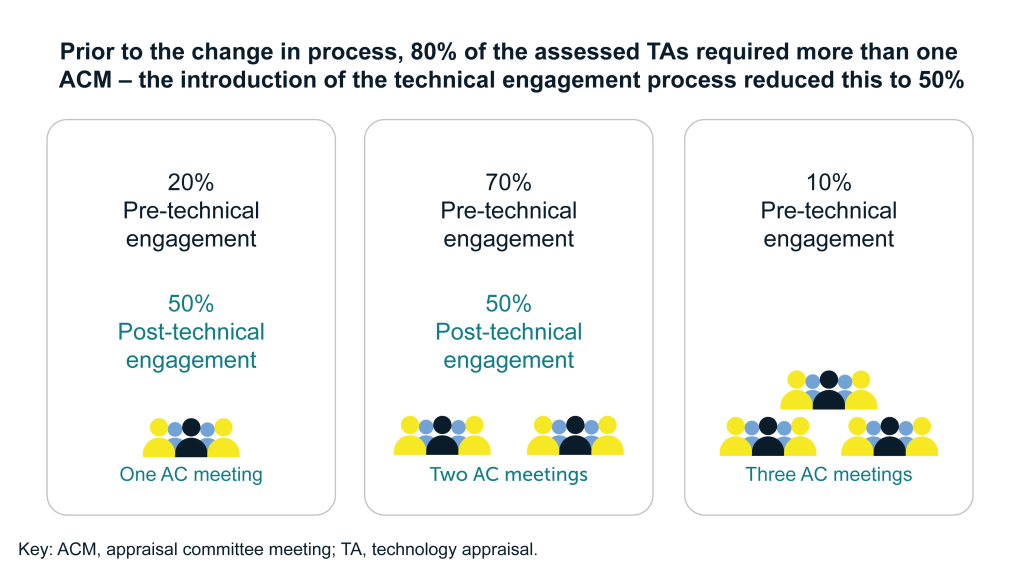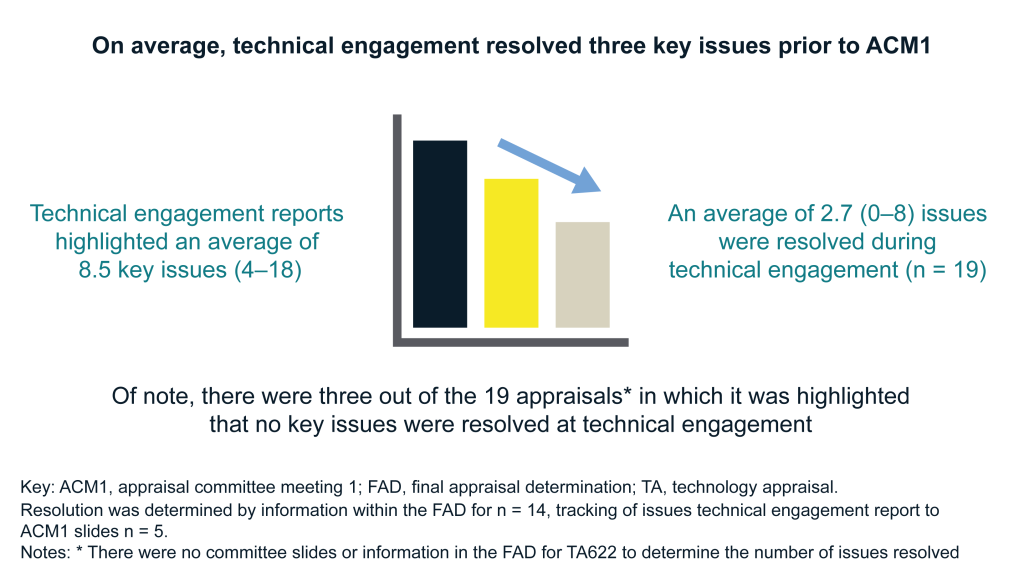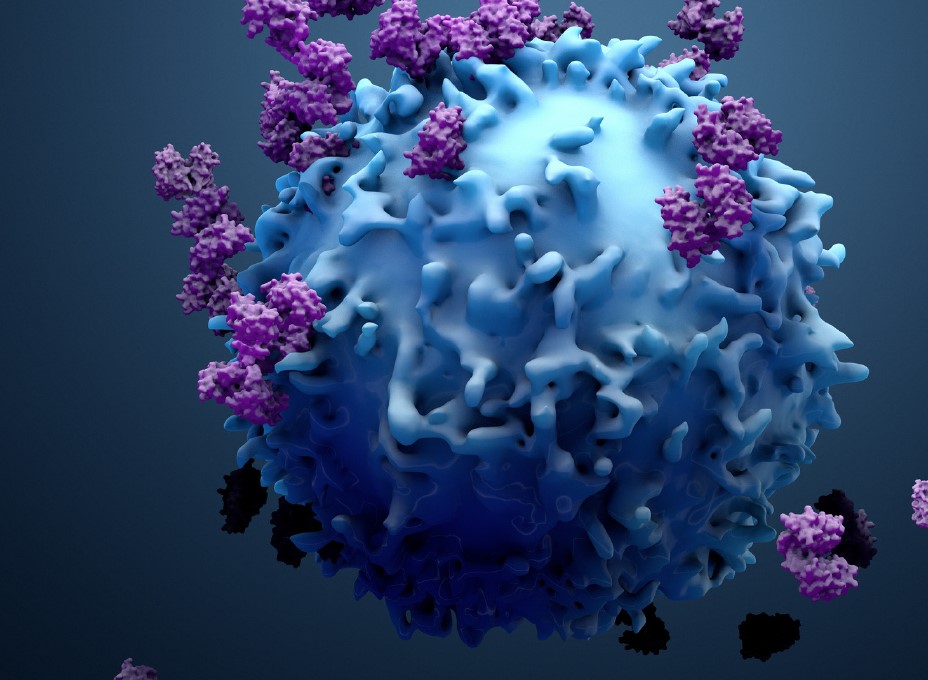Authored by BresMed, now part of Lumanity
Over the course of our multiple recent conversations with the UK’s National Institute for Health and Care Excellence (NICE) as part of decision problem and checkpoint meetings, we are hearing from them that they are currently trialing revisions to their technical engagement process in an effort to address some of the challenges that have begun to emerge since its initial release. These revisions do not appear to have been formally announced by NICE at this point, but based on what we have heard from them, they are considering the following changes to the process for new appraisals:
The Evidence Review Group (ERG) report template now includes an issues-focused section, effectively creating a hybrid of the previous ERG report and the newer technical engagement report
The ERG report will be sent out for fact checking and then formal consultation – a stand-alone technical engagement report will no longer be issued
Responses to the ERG report will be made as part of the technical engagement process within a 1-month window
Calls will be conducted separately with the manufacturer and clinicians/patient experts during technical engagement, and in some cases clinicians/patient experts may not be invited to participate in calls
The primary issue that these changes seek to address is the increased strain on NICE’s capacity to conduct technical engagement, which was in danger of becoming a second ERG-style review. NICE is also seeking to address the concern from clinical experts that they are being repeatedly asked the same questions during engagement.
To investigate the impact of the NICE technical engagement process, we compared the first 20 appraisals completed as part of this process with the previous 20 appraisals completed prior to its implementation. Our review indicated that the number of appraisal committee meetings required had decreased: under the old process, 80% of appraisals required more than one advisory committee meeting, compared with only 50% with technical engagement.

On average, technical engagement only resolved three issues before the committee meeting, and in 15% of appraisals no key issues were resolved. We also uncovered an increasing need for the reappraisal of oncology therapies.

We consider the removal of the formal technical engagement report and the combining of the issues-focused section into the ERG report to be positive steps to reduce the resources required by both NICE and manufacturers. However, we are sceptical about the decision to remove the opportunity for the company and clinical experts to participate in joint calls; it is often only through these joint calls that the best way to resolve key clinical uncertainties can be determined.
Despite these concerns, our guidance to manufacturers seeking to make the most of this process remains the same:
1
Be prepared!
- Initiate evidence generation early to facilitate timely submission to NICE
- Understand, communicate, and plan for any potential additional evidence that may become available between submission and the advisory committee meeting
- Understand key uncertainties in ERG communications before the final ERG report is released, and devise a plan to resolve them
- Make pricing decisions early to make the most of the technical engagement step
- Include your global colleagues so that they understand ahead of time what may be needed of them
- Prepare for your technical engagement call as you would for your committee meeting
- Lean on your external partners for help before and throughout the submission process
2
Acknowledge the additional time and resources required upfront
- Preparation for your first committee meeting now requires more preparatory work – ensure that internal colleagues and external partners have planned for this and are ready
3
Identify and secure the correct attendees for your technical engagement call
- Initiate evidence generation early to facilitate timely submission to NICE
- Understand, communicate, and plan for any potential additional evidence that may become available between submission and the advisory committee meeting
- Understand key uncertainties in ERG communications before the final ERG report is released, and devise a plan to resolve them
- Make pricing decisions early to make the most of the technical engagement step
- Include your global colleagues so that they understand ahead of time what may be needed of them
- Prepare for your technical engagement call as you would for your committee meeting
- Lean on your external partners for help before and throughout the submission process
4
Expect the unexpected
- Be prepared for last-minute information and ERG critique of your response within the committee papers
- Be prepared for issues to be raised again at the committee meeting, and for new issues to appear
At present, it is unclear whether the changes to this process have resulted in improved decision making, but they have reduced the duration of appraisals. The number of meetings required for decisions has been reduced; however, half of all appraisals still require more than one committee meeting, and, based on our own interactions and informal discussions with NICE, we believe this proportion is increasing. It is more important than ever that manufacturers proceed with caution, plan diligently, and take care in selecting the right partners for a successful journey.










